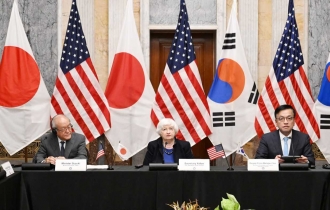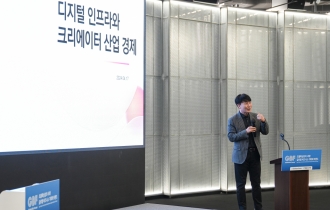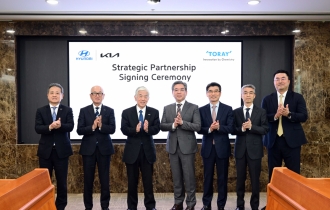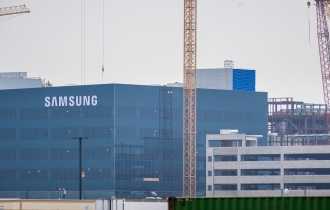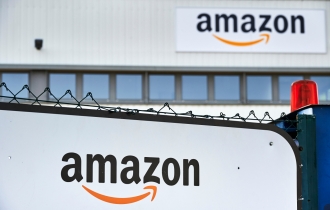Why is GM demanding foreign investment zone designation?
[THE INVESTOR] Amid a debacle over its plant shutdown, GM Korea applied on March 12 to Incheon Metropolitan City and South Gyeongsang Province to designate its remaining three plants as foreign investment zones for tax benefits.
During his fourth visit to Korea last week, GM International President Barry Engle met with Lee Dong-gull, head of the state-run Korea Development Bank, and related officials. He said the automaker would submit plans for factory sites in Bupyeong, Incheon and Changwon, South Gyeongsang Province, to be approved as foreign investment zones.

Korea is the only country among Organization for Economic Cooperation and Development member countries that has foreign investment zones, where companies are given a five-year tax exemption from the year it raises its first profit in the zone, followed by a 50 percent tax cut for two years.
To be eligible, manufacturers have to construct new facilities or expand existing ones worth US$30 million, and invest US$2 million in research and development, according to the Restriction of Special Taxation Act.
“That foreign investment zones was one of the first request Engle had made to the government can be interpreted as a positive sign the company is preparing for profitable performance here. But first GM has to officially finalize investment plans and new vehicle production,” said Lee Ho-guen, a professor of the department of automotive engineering at Daeduk University.
Analyst Kwon Soon-wu of SK Securities said that “GM is seeking to take advantage of all possible benefits while operating here. In addition, most automobile manufacturing countries are abolishing laws that give tax benefits to foreign companies.”
GM’s request for designation as foreign investment zones has drawn attention to the automaker’s turnaround in Brazil spearheaded by Engle in 2014, as the process resembles its moves here.
In August 2014, GM CEO Mary Barra met with former Brazilian President Dilma Rousseff and promised investments and new vehicle allocation in the declining market in exchange for financial aids including tax cuts.
GM allocated the Chevrolet Onix subcompact car, Chevrolet Spin multi-purpose vehicle and others for production in Brazil, and invested some US$3 billion there between 2014 and 2018, the company said.
The Brazilian labor union also accepted the company’s terms for a 7 percent cut in labor cost.
“Applying the model or method GM had used to turn around performance in Brazil to Korea is not appropriate,” said Kwon.
“GM Brazil recovered on local sales, while GM Korea is export-based. Korean auto companies Hyundai and Kia Motors stand firm as top sellers here.”
GM Brazil ranked the top-selling automaker there last year and stood for 18.8 percent of the market.
GM Korea, meanwhile, exported 392,170 units last year, while 132,377 units were sold in the local market, the company said. It ranked No. 3 in sales here, after Hyundai and Kia Motors, which sold a combined 7.25 million units.
By Kim Bo-gyung/The Korea Herald (lisakim425@heraldcorp.com)
EDITOR'S PICKS
- Trilateral talks acknowledge ‘serious’ slumps of won, yen
- Samsung C&T president makes her first business trip to Milan
- Seoul Business Agency CEO says SNS marketing essential for SME
- CJ Olive Young offers real-time translators for foreign visitors
- Hyundai Motor, Toray join hands for material innovation in mobility
- Paris Baguette debuts in the Philippines
- Samsung develops fastest DRAM chip optimzied for ondevice AI
- Amazon fuels e-commerce rivalry with free shipping campaign






